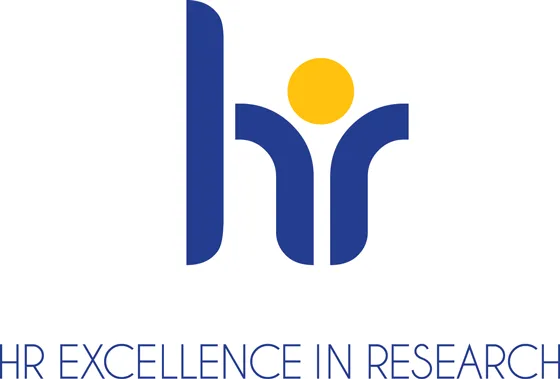Strouhalovská přednáška
Univerzita Karlova
Matematicko-fyzikální fakulta
Vás zve na
Strouhalovskou přednášku
„FROM ONE TO INFINITY:
TOWARDS HIGHLY
ACCURATE DESCRIPTION
OF MOLECULAR SOLIDS“
kterou přednese
Mgr. Jiří Klimeš, Ph.D.
(Katedra chemické fyziky a optiky,
Matematicko-fyzikální fakulta
Univerzity Karlovy)
ve středu 6. března 2019 ve 14.00 hod.
v posluchárně Čeňka Strouhala (F1) Praha 2, Ke Karlovu 5
Jiří Klimeš (*1983) is a researcher at the Department of Chemical Physics and Optics of MFF UK. He earned his M.Sc. in Chemical Physics there and his PhD at University College London. He spent one more year in London, several years at the University of Vienna and two years at the J. Heyrovský Institute of Physical Chemistry as a Marie Sklodowska Curie fellow developing accurate methods for simulation of materials at the atomic level. His current research follows that direction with particular emphasis on developing methods for reliable description of interactions in molecular crystals and for adsorption on solid surfaces. This research is supported by ERC Starting grant and the PRIMUS scheme of the Charles University, respectively.
Quantum mechanics allows one to calculate properties of matter at the atomic
and molecular level, at least in principle. In practice, solving
Schrödinger’s equation becomes impossible for more than several electrons and
for larger systems more or less severe approximations have to be made.
In this regard, molecular solids or liquids represent problematic systems as the
number of electrons that has to be taken into account is immense. Moreover, they
are held by a combination of covalent and non-covalent bonds both of which need
to be described with high accuracy. The accuracy can’t be compromised if we
want to correctly predict exotic high pressure phases, such as red oxygen, or
the stability of diff erent polymorphs of pharmaceuticals. Until recently,
accurate predictions of such properties were far beyond our reach. Since then
there has been a revolution in the fi eld where we see increasing availability
of more accurate methods, most often originally developed in quantum chemistry.
Despite the progress, published results sometimes disagree and it is diffi cult
to understand where the diff erences come from. To this end, I will also discuss
some of the approaches we are developing that will make reliable predictions
accessible.


